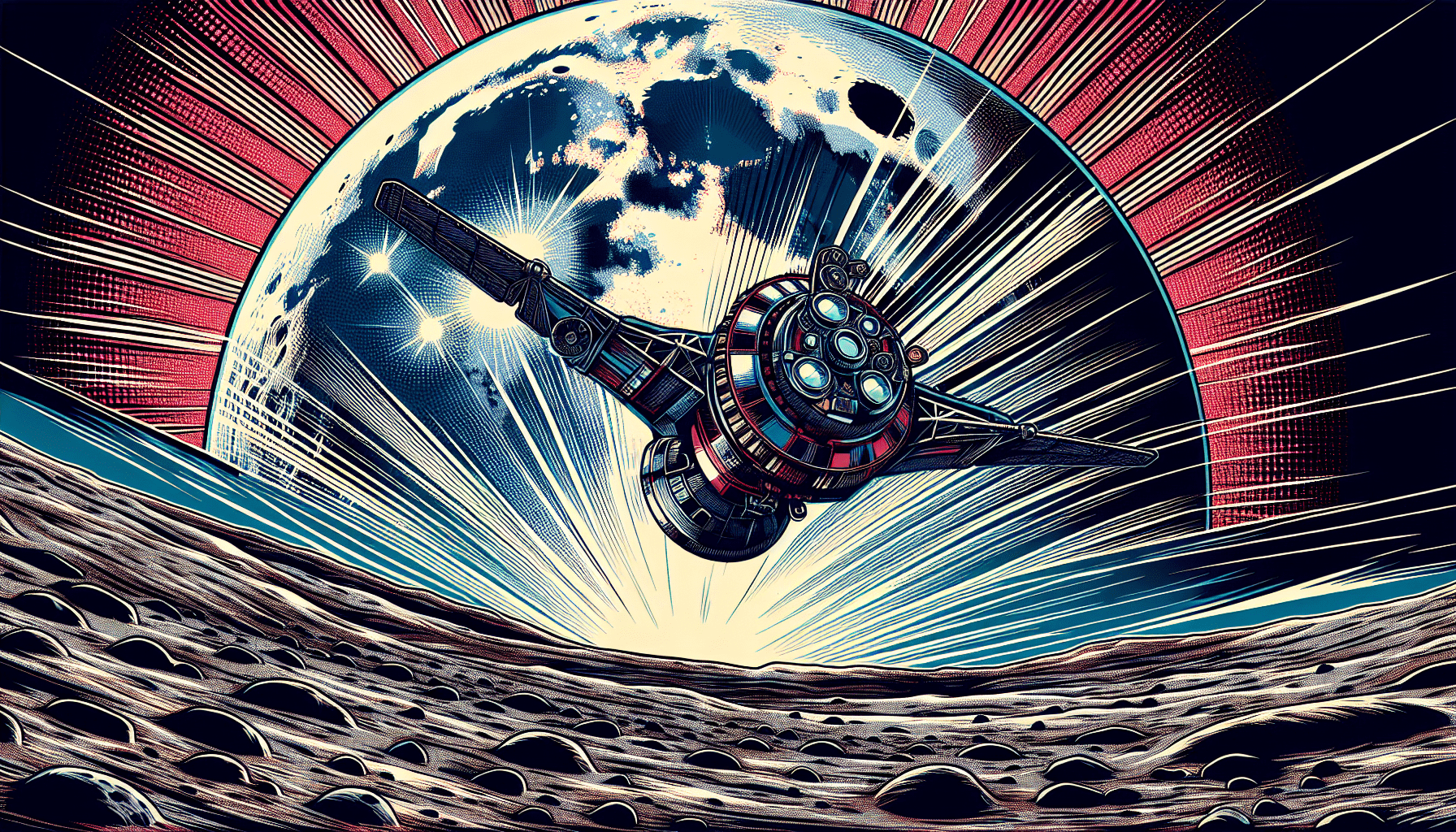NASA’s Artemis program represents a thrilling leap into the cosmos, grounded in the ambition of returning humans to the Moon and branching into the far reaches of space. Recently, the announcement of a delay in the Artemis II mission, now set for April 2026, has stoked a mix of reactions among space enthusiasts and curious minds. Initially predicted to launch sooner, this rescheduling also impacts the timeline for Artemis III, which aims for a crewed lunar landing in mid-2027. While the news may evoke feelings of disappointment, these adjustments reflect NASA’s steadfast dedication to prioritizing safety and thoroughness in the face of the unknown.
Delays Open New Frontiers in Exploration
Space exploration is a thrilling yet unpredictable journey, where each leap forward is often tempered by unforeseen challenges. The adjustment in the timeline for Artemis II presents a crucial opportunity to reflect on what lies ahead and the implications on both the missions and the broader vision of space exploration. Here are some significant factors to consider:
- Shifting Launch Dates – The new launch date of April 2026 means adjusting public anticipation. The ripple effects of this delay are felt not just in the timelines but also in the excitement from potential crew members, collaborators, and global audiences eager for the next steps in human spaceflight. These changes highlight the challenges inherent in space missions where unpredictability can often guide outcomes more than plans.
- The Domino Effect on Artemis III – The delay of Artemis II flows directly into the timeline for Artemis III, emphasizing the synchronization needed in collaborative efforts before embarking on these monumental missions. Each mission builds upon the lessons learned from previous endeavors, which in turn reshapes schedules and operational strategies.
- Lessons from the Past – The experiences gleaned from the uncrewed Artemis I mission are integral in reshaping the framework of the program. Insights from earlier tests guide NASA’s methodologies, ensuring that human safety remains paramount as they prepare for the future.
NASA astronaut Reid Wiseman struck a hopeful note amidst the adjustments, articulating the value of patience, saying, “We are excited to fly Artemis II and continue paving the way for sustained human exploration of the Moon and Mars.” This sentiment underscores the dual nature of progress, where taking the time to reassess strategies can spur groundbreaking advancements. Space is full of uncertainty, yet every delay transforms into a lesson, allowing NASA to harness these moments of reflection for future successes.
Charting the Course Ahead in Space
The journey to the Moon and beyond relies heavily on missions like Artemis II, with every delay serving as a catalyst for deeper understanding and preparedness. Recognizing the implications of the delay not only highlights NASA’s extensive lunar ambitions but also underscores the intrinsic relationships between these missions and the future of human space travel:
- Interlinked Missions – Any alterations to the Artemis II timeline affect a complex network of scheduled missions and partnerships, emphasizing the collaborative nature of space exploration. Each delay can present new challenges, requiring teams to adapt and innovate in their approaches.
- Preparation for Next Steps – Artemis II is seen as crucial for testing capabilities, refining methodologies, and ensuring that all systems are strategically aligned for future missions. This initiative will help implement findings that advance the technology necessary for sustained operation beyond Earth.
- Finding Balance – Wiseman’s insights illuminate the balance between enthusiasm and the cautious approach required in high-stakes endeavors. Finding this equilibrium allows for robust plans that can pivot effectively when the unexpected occurs.
Each advancement in space exploration serves as a key piece that fits into a grand cosmic puzzle, tying into future expeditions, including those targeting Mars. The excitement surrounding interstellar travel continues to intertwine science and imagination, consistently pushing the limits of human capability. With each step forward, we are reminded that progress in this domain is characterized by a series of iterative improvements, driven by dedication and thorough preparation.
Addressing Technical Challenges with Innovation
With any pioneering initiative, technical challenges are par for the course. A crucial issue at hand involves the heat shield of the Orion spacecraft. Following the Artemis I mission, analysis revealed surprising wear that necessitated a complete redesign, emphasizing crew safety and mission integrity. Key technical challenges currently being addressed include:
- Rethinking Heat Shield Design – Unforeseen wear on the heat shield has necessitated an innovative redesign aimed at increasing durability and safety. This proactive measure showcases NASA’s commitment to learning from past experiences to fortify future missions.
- Enhanced Safety Protocols – NASA is unwavering in its dedication to ensuring crew safety. The agency is actively integrating learnings from Artemis I to enhance safety protocols, adapting new findings to better inform mission design and operational methodologies.
- Learning from Experience – The insights gained from Artemis I are instrumental in driving innovations that guarantee future missions benefit directly from past challenges. This emphasis on a reflective approach to design and development is crucial to the longevity and success of space initiatives.
Tackling these challenges shares parallels with any intricate DIY project. Each technical hurdle presents an opportunity for insight that can lead to refined solutions. The post-Artemis I analysis not only identifies weaknesses but also signifies a commitment to a resilient pathway toward Artemis II, all while paving the way for eventual Mars missions in the future.
Strengthening Collaboration Beyond Earth
As we progress in our vision for space exploration, NASA’s endeavors extend beyond isolated achievements, cultivating relationships that enhance global cooperation. The consequences of delays reverberate through vital partnerships, such as the collaboration with the Canadian Space Agency, which plays a pivotal role in upcoming crewed missions. Despite any public unease surrounding the adjustments, there’s a collective acknowledgment that meticulous execution is key to achieving monumental success:
- The Power of Collaboration – The impact of international partnerships cannot be understated, with delays potentially stretching timelines and affecting intricate cooperative strategies necessary for successful missions.
- Community Reception – While public reaction has been mixed, there’s a burgeoning understanding that patience in execution can yield profound results. These relationships help further push the bounds of innovation and technology.
- Long-Term Vision – The trajectory of space exploration resembles a marathon, where ongoing perseverance prevails and every setback fine-tunes the journey toward sustainable exploration and progress.
As delays are navigated and their implications pondered, it invites a broader discussion on NASA’s illustrious history in technology and exploration. There remains palpable optimism among space enthusiasts and experts alike regarding the groundbreaking journeys that lie ahead. Each countdown delay signifies not an end but a redirection, crafting a more refined roadmap for humanity’s venture into the cosmos driven by confidence and thoughtful preparation.







